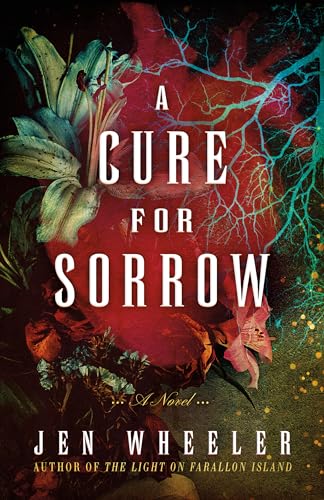A Cure for Sorrow
A Cure for Sorrow follows three turbulent years, 1886-1888, in the life of Nora Harris, a young medical student living in a substantial townhouse in New York City and mentored by her surgeon father. Nora falls in love with another medical student, Euan Colquhoun, who comes from a less privileged background and spent his childhood on a farmstead in upstate New York. When Euan suffers a terrible accident, Nora falls into despair and ends her studies. Only letters from Malcolm, Euan’s older brother who works on the farmstead, bring her solace. She decides to visit Malcolm on the farm, where she grows close to him and encounters a peculiar cast of characters who also live there, including his sisters-in-law, twin nieces, and a stepbrother. She finds one of the sisters-in-law uncongenial and finds the stepbrother frightening. A variety of what today might be called neurodivergent behavior and mental health issues seem to plague the household. Interactions between the characters, involving several violent events, drive the action of the novel to a bloody denouement.
Wheeler excels at portraying the spine-tingling sensations of the farmstead, with its sinister pond, ghostly cellar, ominous woods, eerie graveyard, and injured animals. She excels too at dialogue, with word choices suitable for the era. She crafts numerous love scenes with more explicit, vivid action than typical in most Gilded-Age historic fiction. Readers should be aware that Nora Harris is an enigmatic and fascinating protagonist, but not a likeable one, and that the second half of the story centers around curses and supernatural phenomena.










